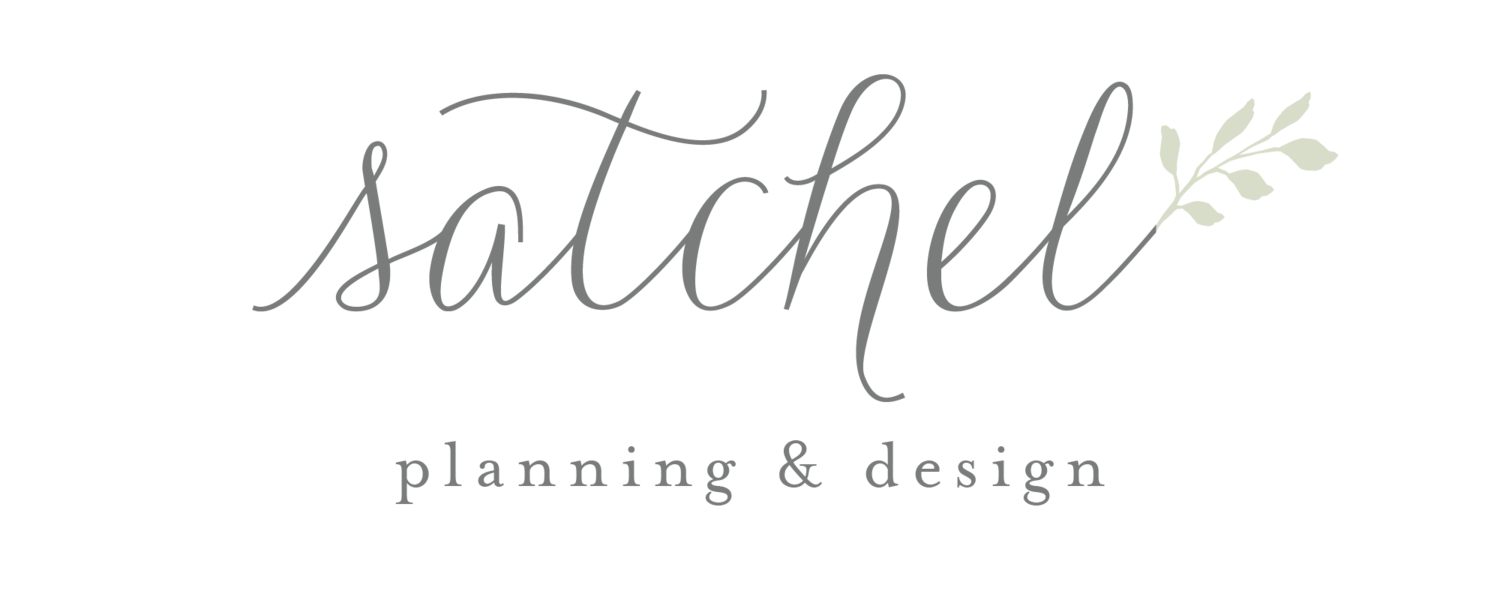If you are engaged, you have probably already gotten the question—what are your colors? While traditionally a bride would pick two colors, a palette of only two colors can result in an overall finished look that may lack complexity and sophistication. The “two-color” theme may be a simple way to make your wedding look uniform and cohesive, but there are ways to use color, and to use other decor, that will achieve that same goal of uniformity for a more sophisticated looking space.
Here is a four-step formula to move away from a “two-color” wedding, and create an impact that reads as simply beautiful. Remember, though—this is just one possibility, as there are endless possibilities for the use of color in wedding design.
1. Choose one color “family”
Pick a color you like. A fall wedding brings to mind images of the deep reds found in autumn leaves. The beauty of nature lies in the multitude of color shades, and how those shades work together. It’s impossible to find a tree, or a single leaf for that matter, that exhibits only one shade of any particular color. So, if you want to go with red, for example, try using three or four shades or red, ranging from deep maroon to true red to mauve, so that you have a color family, and not just a color.
Florals are an obvious and great place to start with using these colors. Other ways to bring in your color family include the ribbons tied on bouquets, party favors, or your bridesmaid’s dresses. Ombre bridesmaids dresses are having a moment, so try having your stylist create this look using different shades of one color family. Bonus points for letting your bridal party pick their own shade!
2. Add in the “neutrals”
Green is a great neutral for weddings, as it will likely be exhibited in floral arrangements throughout your ceremony and event space, tying everything together. While not your traditional idea of a “neutral,” it will act as such in floral arrangements. However, be careful in using green in other ways and places, or it can lose its properties as a “neutral” and look out of place with the rest of your color family (unless you are going for a green color family!)
For the remaining use of neutrals, shades of white & cream always work for weddings, and all of these shades look great not only with other colors, they look great together! Use these neutrals for the tablecloths, napkins, candles, cake, and some filler flowers. Sticking with neutrals for the basics such as the table linens allows your other colors to shine. Neutrals also look very sophisticated for the bridal party!
If you are going for a more rustic look, natural wood elements, twine, and burlap are great neutrals. Burlap runners can be used over a white tablecloth, or over a beautiful naked wood table. Twine can be mixed in to tie your arrangements and fasten boutonnieres, and you can go crazy on Pinterest figuring out ways to incorporate wood elements into the design!
3. Pick a metallic…or two.
Metallics themselves are a neutral—you can mix them with any color for an elegant and upscale look. Silver, gold, rose gold, bronze, and copper can be used to complement any color scheme. Recently, mercury glass has made a big comeback on Pinterest, with DIY potential, and can be a great use of metallics. Bring metallics into your design in the form of vases, candlesticks, napkin holders, silverware, favors, or confetti throws.
4. Disperse use of color family throughout the space and repeat “themes” for uniformity
When you look at your reception space, you want the eye to move around the room, taking in the space as a whole. Make sure your color family is distributed evenly about the space. Typically, your table layout will help with this, as your main floral arrangements will be located on tables dispersed around the room. Apart from the guest table set-up, include use of your color family in the welcome table/section, cake table, and some smaller arrangements at your food table/bar.
As color isn’t the only way to make your design cohesive, choose various “themes” and repeat throughout the space. For example, you can use a “theme” of clear glass vases for your arrangements, but mix up shape, size, and height for interest, and repeat throughout the space (some examples of other types of vase “themes”—brass, silver, milk glass, mercury glass, ceramics). You can use a larger glass vase by itself for a table arrangement, and on another table, use several small glass arrangements to create an overall look on the same scale. Vary the shapes of the glass for even more interest, including round and square, so that the floral arrangements themselves are different shapes. Another “theme” that can be repeated and lend to uniformity are candles—stick with a neutral white or cream, but mix up the style around the room with the use of pillars, votives, and taper candles.
There you have it--four simple steps to create a unified wedding design using color and other elements!

